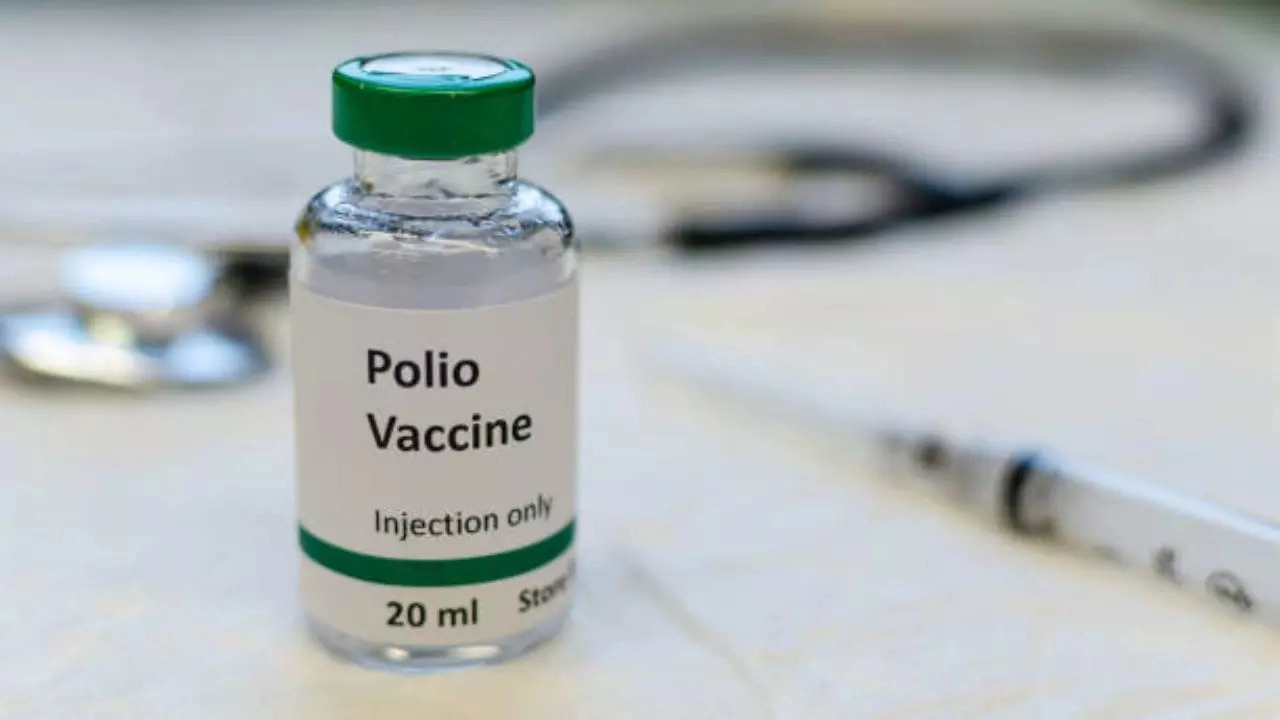Pallavi Mehra • 23 Aug 2024
Polio Vaccine Myths Vs Facts: Expert Debunks Misconceptions Around Vaccine-Derived Poliovirus

Polio Vaccine Myths Vs Facts: Expert Debunks Misconceptions Around Vaccine-Derived Poliovirus (Image Credits: iStock)
The recent case of a two-year-old toddler contracting poliovirus despite being vaccinated has sparked considerable anxiety and uncertainty. As the world nears the goal of eradicating polio, such incidents often lead to misunderstandings, particularly concerning vaccine-derived poliovirus (VDPV). Hence, it is essential to address these concerns with accurate information to prevent misinformation from hindering global health efforts. We got in touch with Dr Saurabh Khanna, Lead Consultant - Neonatology and Paediatrics, CK Birla Hospital Gurugram who debunk myths around poliovirus.
Myth 1: Vaccines Are Ineffective Against Poliovirus
Fact: The polio vaccine is quite efficient at preventing poliovirus infection. The Oral Polio Vaccine (OPV) has helped to reduce polio cases by more than 99 per cent. However, no vaccination is 100 per cent effective, and in rare cases, vaccinated people may develop the virus. This event does not suggest vaccine failure but rather emphasizes the significance of maintaining high immunisation rates to build herd immunity.
Myth 2: Vaccine-Derived Poliovirus (VDPV) Implies That Vaccines Are Unsafe
Fact: Although the OPV is safe and effective, it, like all vaccinations, has limits. VDPV situations are extremely rare, occurring in around one in every million OPV doses. The benefits of polio immunisation exceed the hazards. The Global Polio Eradication Initiative (GPEI) regularly checks for VDPV and adjusts vaccination efforts to reduce risk. The transition to Inactivated Polio Vaccine (IPV) in several countries has further lowered the risk of VDPV.
Myth 3: Vaccine-Derived Poliovirus (VDPV) Is Equally Dangerous As Wild Poliovirus
Fact: VDPV is a weakened form of poliovirus that has evolved over time, typically due to inadequate vaccine coverage. While it can induce paralysis, it is not as common or potent as the wild poliovirus. VDPV originates in areas with inadequate vaccination coverage, allowing the weakened virus to spread and, in rare cases, mutate into a disease-causing form. High vaccination coverage prevents this by halting virus transmission.
Myth 4: When A Child Gets Vaccinated, They Are Fully Protected
Fact: Although vaccination lessens the risk of poliovirus, no vaccine provides total protection. Multiple doses are required to maintain immunity. In rare situations, a vaccinated child may contract poliovirus, especially in places with inadequate vaccination coverage where VDPV might spread. This underlines the need to maintain high immunisation rates and ensure that all children receive the full series of vaccines.
Myth 5: Polio Can No Longer Create A Threat In Vaccinated Populations
Fact: Polio will remain a danger until it is eliminated globally. The virus can spread across borders, and as long as polio exists anyplace in the world, unvaccinated or under-vaccinated people are at risk. Vaccinated populations are generally protected, but immunity might diminish with time, necessitating the vaccination of future generations. Continuous immunisation campaigns are required until polio has been eliminated everywhere.
Get Latest News Live on Times Now along with Breaking News and Top Headlines from Health and around the world.